

Technical Translation

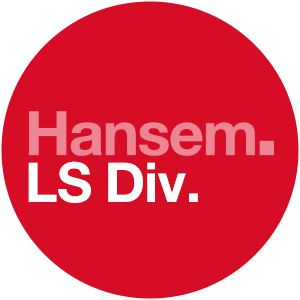
Are you interested in doing business with Chinese companies? China is growing rapidly with its massive market and buying power. So it makes sense that the country is drawing attention from businesses around the world.
This post shows how HansemEUG built a manual and packaging for a Chinese company. Here, we’re going to give an overview of the process and the key development points for the manual and packaging. We will also explain some Chinese cultural traits we experienced while doing this project.
The product we worked on was targeted at young Chinese people in their 20s and 30s. The company was concerned about its ambiguous brand identity and was trying hard to secure its position in the market. They wanted to change their image to appeal to younger people.
At HansemEUG, we focused on the features of Chinese customers and considered the following:
During the manual writing process, you should always follow the Chinese National Standards (GB), as they are enforced by law. We had to find and revise any parts of the existing manual that went against the standards. We also had to pay special attention during the rewriting phase to ensure that we didn’t violate any other standards.
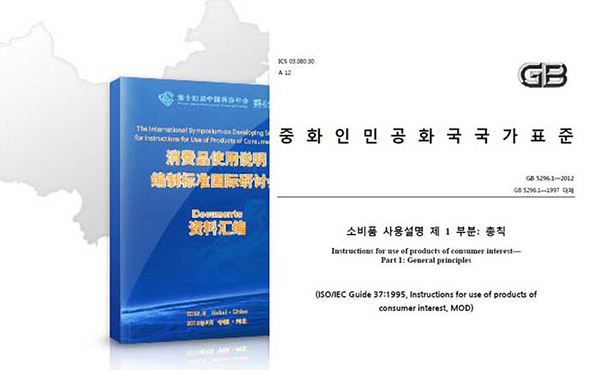
The manual is provided with the product, so what we tried to learn first was how the brand was trying to communicate with customers.
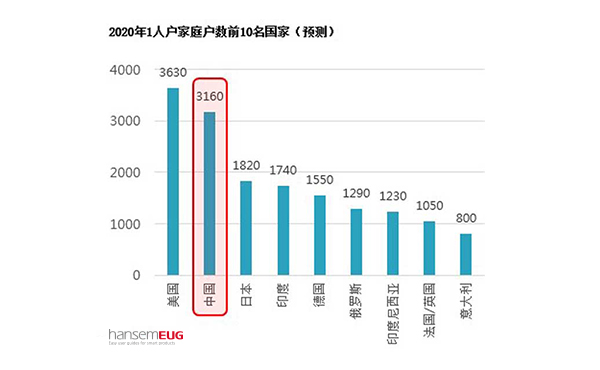
Considering the unique characteristics of the Chinese market, we researched the target’s features instead of just focusing on the young generation. Then, we conducted a local survey and formed a virtual persona. We also developed a customer journey map, which captures the total customer experience throughout the entire lifespan of the product (purchase, use, and disposal), to analyze customers’ feelings and identify their needs and requirements. Our repeated visits to China were also very helpful to experience and learn about Chinese culture.
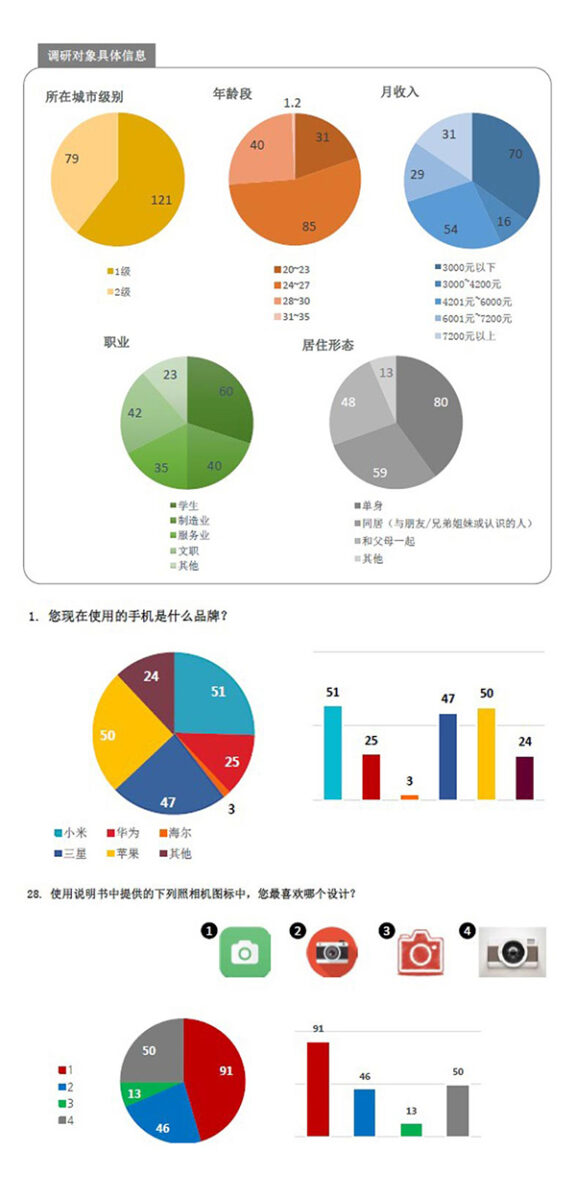
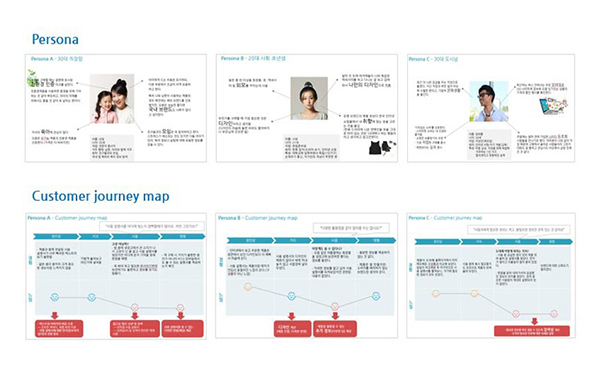
After completing the analysis of the brand and target users, we designed a marketing concept and began writing the manual.
We used the analysis results to come up with a variety of fresh ideas for the content and manual design to make it more appealing to younger generations and to draw attention from users who don’t usually read manuals.
The first thing we did was add stories to the content of the manual.
We selected seven themes based on the local culture and suggested them to our client. We also developed three concepts for each theme to differentiate the manual from others.
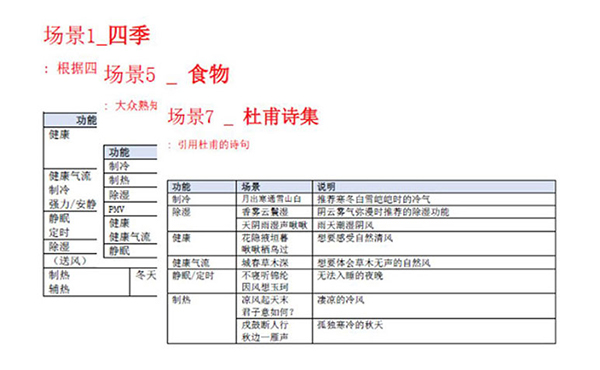
We wanted to incorporate aspects of Chinese culture and design into the manual to ensure it would be relevant to the target market. During our meetings with the client, we discovered that Chinese people prefer the use of calligraphy rather than images. This viewpoint was reaffirmed during our visits to China and resulted in our decision to use calligraphic fonts in the manual.
In Korea and in many countries across the world, people often prefer to use images to convey information and minimize the use of text. In China, however, they prefer to deliver information through detailed explanations. They also favor bright and elaborate designs over more simple ones. Understanding the tastes of different cultures can be a challenge, so it’s important to work closely with clients to create content that meets their expectations.
We made sure that the majority of our client’s suggestions were incorporated into the final manual. Even at first glance, you can see the huge difference between the new manual and the previous one. The client was extremely pleased with the final design as we managed to clearly express the firm’s brand identity.
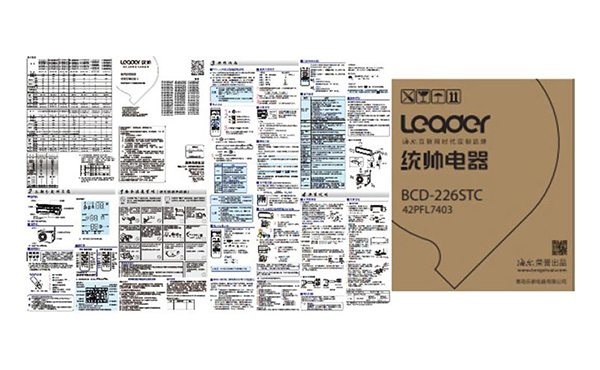
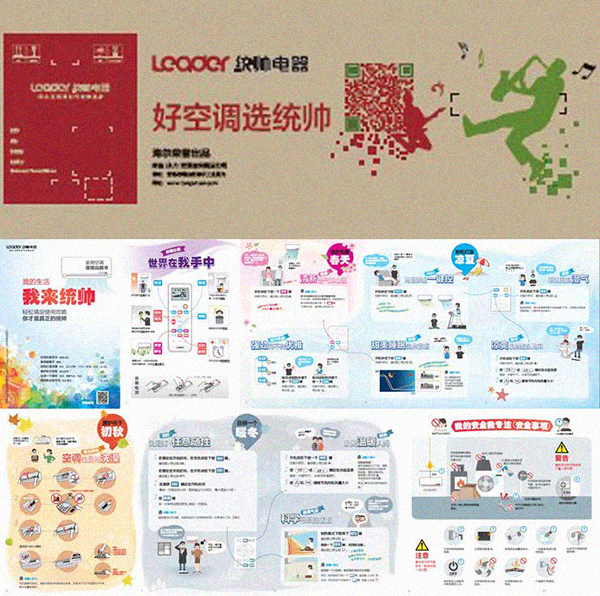
This blog has only offered a brief overview of the development process of the new manual and package but this project required the hard work and effort of many Hansem employees. As explained above, we made sure to prepare several drafts during each stage of the project so that the client could choose their favorite one. Although it took much more effort than expected, it helped us identify the client’s preferences more easily. We felt rewarded when we saw how satisfied the client was with our work. We have acquired valuable knowledge from this project which will prove to be valuable in the future and help support the continued growth of HansemEUG.
Hansem Global is an ISO Certified and globally recognized language service provider. Since 1990, Hansem Global has been a leading language service company in Asia and helping the world’s top companies to excel in the global marketplace. Thanks to the local production centers in Asia along with a solid global language network, Hansem Global offers a full list of major languages in the world. Contact us for your language needs!
 Transforming B2C Sales Training with Gamification
04.14.2024
Transforming B2C Sales Training with Gamification
04.14.2024
 The Impact of Localization on Salesforce’s Success with Hansem Global
04.07.2024
The Impact of Localization on Salesforce’s Success with Hansem Global
04.07.2024
 Mastering Right-to-Left (RTL) Language Localization: Avoid the Top 5 Desktop Publishing (DTP) Mistakes for Global Success
04.03.2024
Mastering Right-to-Left (RTL) Language Localization: Avoid the Top 5 Desktop Publishing (DTP) Mistakes for Global Success
04.03.2024